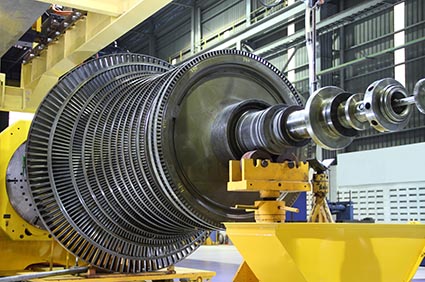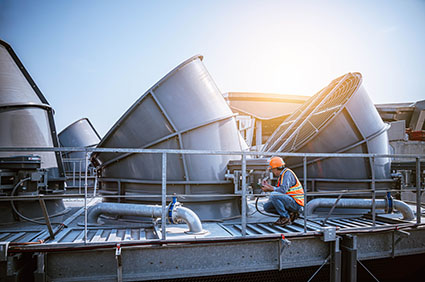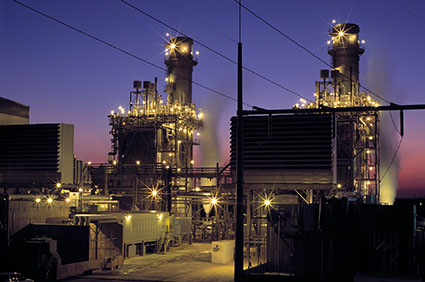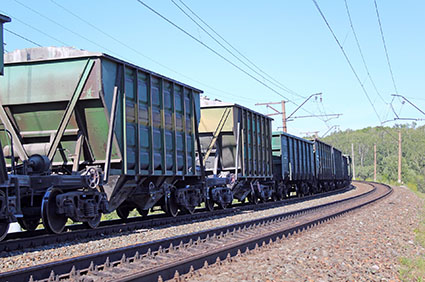Creation of should-cost models for the procurement department of an international energy company
Strengthening the negotiating position with suppliers and reducing purchase prices for spare parts due to increased cost transparency
Initial situation & task
- The client’s procurement department negotiates with suppliers on the basis of existing purchase prices in the ERP system
- Influencing factors such as requested quantity, country of production, inflation or cost estimate of the product are not available or do not provide a clear recommendation for action
- Competitors’ procurement departments achieve lower purchase prices for spare parts
- Cost and price information from independent analyses should be made available in the ERP for the top-selling and most expensive products in the spare parts business
- The client hopes that this will lead to a reduction in purchase prices
Approach
- Segmentation of the identified products per commodity (process, dimensions, machining volume, shape, etc.)
- Identification of the most suitable should-costing method according to the dataset and required depth of negotiation based on products specified by the client:
- Method 1: Should-cost modelling in 4cost-aces (parametric)
- Method 2: Should-cost modelling in 4cost-structure (bottom-up) and provision of a detailed report with subsequent transfer to 4cost-aces
- Testing and validation of the generated models by the client
- Providing the should-cost models in 4cost-aces with simplified input for use on the client side
Results
- The Web Edition of 4cost-aces provides the client with calculable should-cost models from various commodities, which the procurement department can use to make valid price estimates for specific products depending on the country of manufacture and requested quantity
- The material databases contained in the software are updated quarterly according to market indices and made available to the client in the model
- New enquiries are mapped directly with the models and the results are transferred to the ERP system by the client’s part engineers via an interface
- The procurement department has access to up-to-date price indications at all times, which can help in negotiations with suppliers and contribute to reducing the purchase prices for spare parts
- Additional benefits: Optimisation of the supply chain

Fast cost analysis of an air-cooled dry cooler of a power plant
Identifying cost potentials and argumentation aids for negotiations
Initial situation & task
- Cost analysis for the building of a large-scale air-cooling system for a power plant
- Different scenarios about suppliers, logistics and procurement and manufacturing countries should be mapped for a cost comparison
Approach
- The different scenarios were created using the parametric cost model of 4cost-aces
- Limited information of the systems (dimension, number of pieces, requirement, complexity) is needed to assess valid manufacturing costs
- The cost models consider manufacturing countries and supplier scenarios (overheads, profits, risks)
- The packaging and transport of the units were provided and integrated using a heuristic model
Results
- In a few workshop days, a valid cost model could be created with the engineers on the client’s side
- Different scenarios were investigated and the “most favourable” (country of production, logistics) was established
- Risk analyses for material price increases could be created in the parametric model of 4cost-aces at the push of a button and subsequent demands from some suppliers could be identified as excessive
- In some scenarios (manufacturers), savings potentials of up to 32% could be made visible
- The worksite final assembly was automatically calculated by 4cost-aces and puts the supplier offer on a valid basis

Should costing in the spare parts area of power plant components
Strengthen the purchasing department through well-founded cost analyses
Initial situation & task
- Should costing in the area of spare parts in power plant components, where the results are providing a permanent and valid base for global negotiation, supporting purchasing departments
- Challenges: small quantities, high technical product diversity, globally distributed suppliers, up-to-date material prices and inflation rates
- Creation of an individualised report with interface to the customer’s own ERP system
Approach
- Setup of a customised version of 4cost-aces for online use (SaaS)
- Development, validation, documentation, and providing should costing models for the use of the client’s purchasing department
Results
- Providing validated and up-to-date should costing models for a variety of different product groups with a high degree of technical diversity and for all the required supplier countries
- Establishing solid negotiation bases for the client’s purchasing teams

Cost estimate to produce a special wagon for rail freight transport
Valid and fast business case for bid/no-bid decision in early phase
Initial situation & task
- Within the framework of a business case analysis, the customer required a cost estimate to produce a special wagon for rail freight transport
- In focus lies the question of whether the product can be offered at the required target price
- Specific cost drivers should also be identified as part of the analysis
Approach
- Evaluation of the system with experts
- Transfer of the data into the parametric cost model of 4cost-aces
- Creation of different cost scenarios in relation to different quantities and manufacturing locations
Results
- The resulting price was higher than the client’s desired price even with most favourable scenario
- The target price can only be achieved with lowering the product quality and its durability, which was not the customer’s goal at all

Cost evaluation of several design variants of a space system
Identifying the “best case” in early design phase
Initial situation & task
- Cost analysis of a new generation space system
- New architecture and construction of the product (changed materials and processes)
- Different design variants should be evaluated and a relative cost comparison of the variants to each other should be developed
Approach
- Setup of different product structures (WBS, work breakdown structure) in 4cost-aces
- Evaluation of the elements and the respective production effort
- Considering not only of manufacturing and development costs, but also of the corresponding assembly and testing efforts
- Identification of cost drivers and issues both in manufacturing and in use
- Cost comparison of the different variants and selection of the best variants
Results
- With little effort, the various options in the early design phase could be evaluated relative to each other and the most suitable variant was chosen
- Unnecessary costs for further development of unfavourable variants could be avoided

Identifying the manufacturing costs of fully automatic coffee machines from various manufacturers as part of a competitive analysis
Identification of cost potentials to improve the manufacturing process
Initial situation & task
- A manufacturer of household appliances requested a competitive analysis in terms of manufacturing costs for orientation and classification to comparable fully automatic coffee machines from other manufacturers
- The emphasis of the analysis was on electronics and related components
- The analysis was conducted based on nine fully automatic coffee machines from four different manufacturers
Approach
- Creation of the work breakdown structure based on the supplied systems and individual parts of the respective coffee machines
- Collection of the characteristic data of the relevant components and transfer of the data to 4cost-aces
- Top-down cost estimation with 4cost-aces analysing individual parts under consideration of the required manufacturing processes (mechanical machining, injection moulding, etc.), countries of manufacture and quantities
- Simulation of the required quantity variants
Results
- The client was provided with an ABC analysis for each fully automatic coffee machine, as well as the cost development according to required quantity
- For comparison, a product of the client was also evaluated and served as a cross-check in order to be able to classify the quality of the comparison
- The analysis provided clear statements on structural differences in the identical parts and standard components of all the fully automatic coffee machines evaluated and made it possible to derive fields of action for cost optimization


